Catching up on Arrow
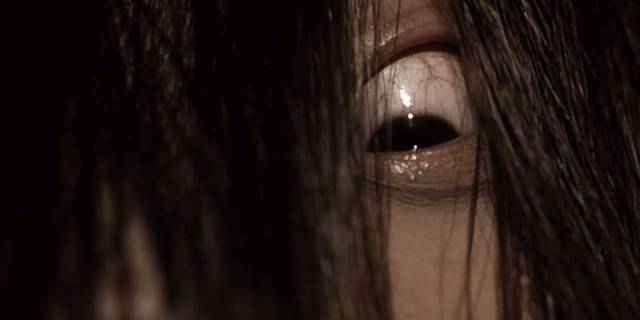
Addiction is a terrible thing. Despite having a huge backlog of unwatched movies, I can’t stop buying new ones. I’d rather spend money on new disks than replace a worn-out pair of shoes or torn jeans. I sometimes stare at all the shelves, all the movies I’ve collected that I’ll never have time to watch again, but nonetheless can’t let go. I do occasionally take a small stack to a local second-hand media store, but they’re always DVDs I’ve replaced with newer Blu-rays; and as often as not I take more movies in trade rather than cash. Collecting is a sickness that I’ve had my whole life – as a child it was plastic model kits; then as I grew a bit older, books – I’d browse for hours and go home with bags full, more than I had time to read – I still have unread books on my shelves that I bought decades ago.
But the sickness became terminal when home video arrived – slowly at first with VHS, then more expensively with a few years of laserdisc, and then an unstoppable flood with DVD and Blu-ray. I could’ve owned a really nice house with the money I’ve spent on movies. But I guess it was inevitable; I’ve loved watching movies since I was really young – all those vicarious lives I’ve been able to live, subjectively I’m almost as old as Methuselah. Of course, the corollary is that I sometimes feel as if I haven’t fully lived a life of my own and it helps when a friend points out what I have managed to do – a lot of travel when I was younger, my opportunity to work (albeit tangentially) with David Lynch, my own two-and-a-half decades as a filmmaker … but that’s been winding down as I get older (it came as a shock when I recently turned sixty-five). It feels like what’s left is all those movies on the shelf waiting to be watched.
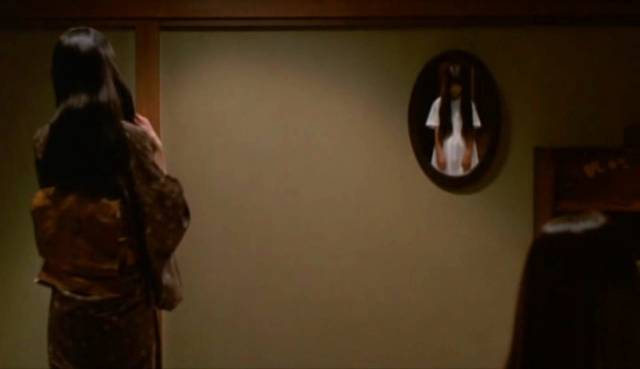
And all the ones yet to be released – why do people keep predicting the death of disks? They’ve been saying it for ten years or more, yet streaming still hasn’t wiped out physical media. True, major distributors don’t bother so much any more, but independent companies are thriving and gaps in the history of cinema are constantly being filled and new discoveries made.
An important adjunct to this is the existence of the Internet. I would never have been able to accumulate my collection without it. Not only can I discover the existence of titles I had no prior knowledge of, I can buy them from anywhere in the world with the click of a button. I have a set of Karel Zeman’s fantasies direct from the Czech Republic, a variety of German silent and experimental films from Filmmuseum in Munich, a lot of Asian horror and action movies, many of which have never been released on a Western label.
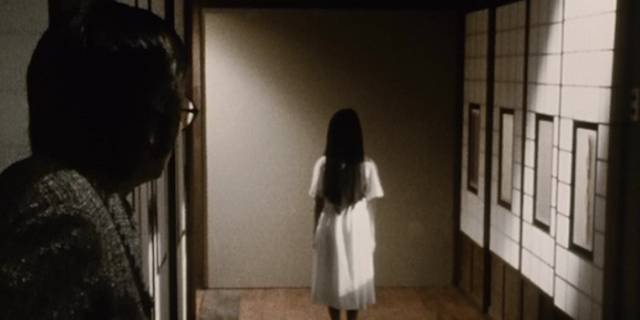
I’m not sure now what the first J-Horror movie I saw was, but I began collecting them on DVD about twenty years ago, packaged in Japanese so all I had to go on was a brief seller description on eBay and the lurid cover image. Ringu (1998) may have been the first – that was the movie that broke through internationally – but the one(s) which won me over were Takashi Shimizu’s Ju-on 1 and 2. No, not the theatrical remakes of 2002 and 2003, and certainly not the US remakes of 2004 and 2006. It was the original direct-to-video Ju-on: The Curse and its sequel, released in quick succession in 2000, that made me a permanent fan of spooky kids and women with long hair hanging over their faces as they moved in unnatural ways towards their helpless victims. Shimizu’s two-part nightmare, intricately constructed as a series of interlocking narratives about an endless cycle of malevolence which transcends death, is still probably the creepiest and scariest movie I’ve ever seen. (Has any other director remade his own work as many times as Shimizu? In each iteration, he repeats the same creepy effects, with bigger budgets and more technical polish – but none of the subsequent versions have the impact of the original video pair.)
Like Ju-on, Hideo Nakata’s Ringu is also about a malevolent cycle of terror and death driven by the anger of a ghost. In fact, Ringu pretty much launched the whole genre by bringing the traditional Japanese ghost story into the modern era. I recently revisited Ringu and its sequels via Arrow’s box set, bought along with some other sets in an on-line sale from Arrow UK. (Arrow’s Canadian distributor, Unobstructed View is also having a month-long on-line sale, which sucked me in for another stack of purchases.)
*
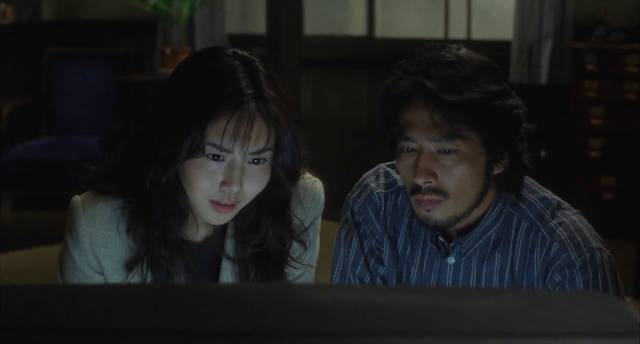
The Ring cycle (1998-2000)
Watching all four of the original Ring movies in quick succession, it’s interesting to see how the filmmakers were still figuring out the parameters of the genre. Hideo Nakata’s Ringu (1998) remains the best of the four. With a fairly simple linear narrative structured around a mystery which must be solved in a limited time, it’s almost old-fashioned. Its innovation (drawn from Koji Suzuki’s 1991 novel) is in embodying the ghost’s vengeful anger in a modern technological form – a video recording which, once watched, dooms the viewer to death in exactly seven days. Today, of course, VHS looks quaintly old-fashioned, making Ringu seem closer to its traditional sources than to the modern age.
Beginning with the death of a schoolgirl who watched the tape with her friends at a country inn – a death witnessed by another friend, who becomes catatonic from the horror that she, but not we, has seen – the film follows TV reporter Reiko (Nanako Matsushima), the dead girl’s aunt, as she digs into the story, uncovering the urban legend about a cursed video. With the help of her estranged husband Ryuji (Hiroyuki Sanada), she gradually pieces together the story of Shizuko (Masako), a woman born on an island with psychic powers which made her something of an outcast. Discovered by a doctor who wanted to study her powers, she was eventually presented publicly before a group of skeptical scientists and reporters; the demonstration ended badly with the death of a reporter.
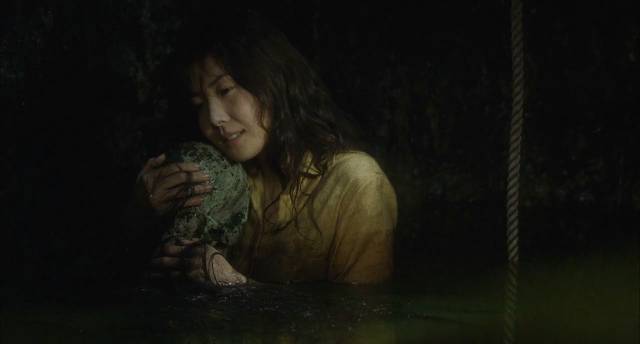
That death, it turns out, may actually have been caused by Shizuko’s adolescent daughter Sadako (Rie Ino’o), possibly the daughter of the doctor, Heihachiro Ikuma (Daisuke Ban). Fearing the girl’s powers, Ikuma eventually dumped her down a well and sealed her in. That well is now beneath the cabin at the inn where the VHS tape was seen. The climax of the tape shows Sadako climbing out of the well to come for whoever has watched it.
Having discovered the rotten remains of Sadako, Reiko believes the curse has finally been lifted because she gets past the seven day deadline without a problem … only to discover that she was actually spared because she had made a copy and passed it to Ryuji. When his time is up, the film reaches its influential climax, in which Sadako does her jerky walk from the well and crawls right out through the TV screen. Reiko realizes that the only way to escape the curse is to pass it on to someone else … just as she discovers that her young son Yoichi (Rikiya Otaka) has watched the tape.
The film ends on a very dark note, with Reiko making another copy for Yoichi to pass on to her elderly father.
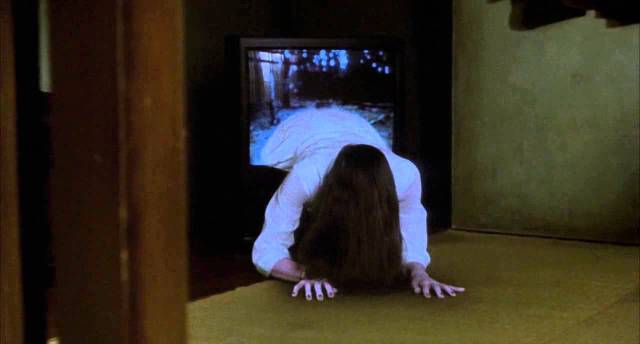
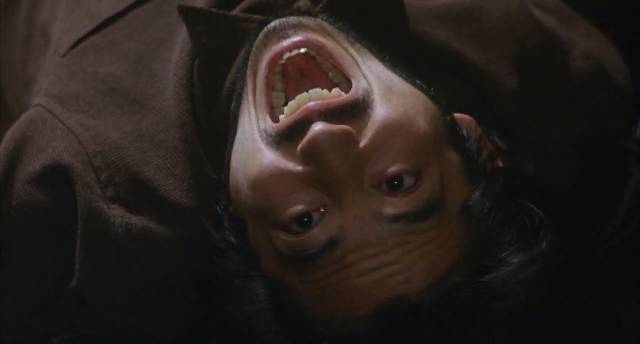
Nakata directs all this with restraint, building atmosphere by a slow accumulation of details. What is genuinely unsettling is the matter-of-fact treatment of the supernatural. This is one of the great appeals of Asian horror, unlike the laboured American remakes of this and many other films, in which there is a compulsion to explain and clarify, to fill in back stories and motivations. In the originals, the existence of ghosts and dangerous supernatural forces is taken for granted – the world has hidden layers which we may never understand but which can exert powerful effects on our lives.
Toho released a sequel based on the second book in Suzuki’s trilogy on the same day as Ringu (January 31, 1998). Directed by George Iida, Spiral (aka Rasen, 1998), featuring many of the first film’s cast, failed to achieve the success of Nakata’s movie and it quickly disappeared, becoming a “lost” film. Nakata himself made a sequel the next year, which followed directly from the first film without reference to Spiral (book or film). Neither sequel is as effective as Ringu.
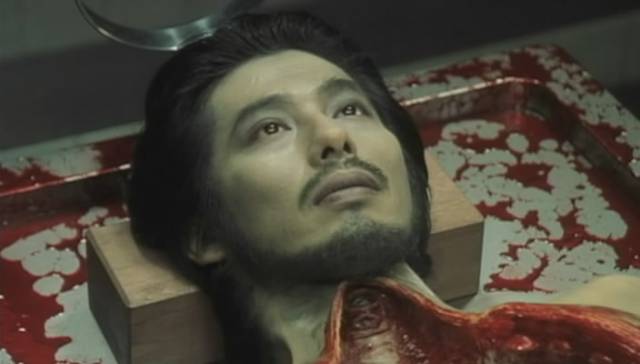
In Spiral, the viral curse seems to be transferred to Reiko’s diary and the dead Ryuji turns out to be helping Sadako be reborn. There are other resurrections by the end … but Spiral lacks the atmosphere and focused horror of Ring.
Ring 2 (1999) begins pretty much where Ring ended – Reiko and Yoichi have vanished and Reiko’s father has died after watching the tape. Once again the tape gets passed around and people watch it despite the deadly legend. The most interesting new element involves Masami (Hitomi Sato), the friend who witnessed Tomoko’s death at the beginning of Ringu. Essentially catatonic, she’s in a mental hospital. Ryuji’s student Mai (Miki Nakatani), investigating what happened to him, visits Masami and witnesses an event which indicates that she’s been “infected” by Sadako – her presence in a common area in the hospital causes the TV to display images from the tape, triggering panic and hysteria among the other patients.
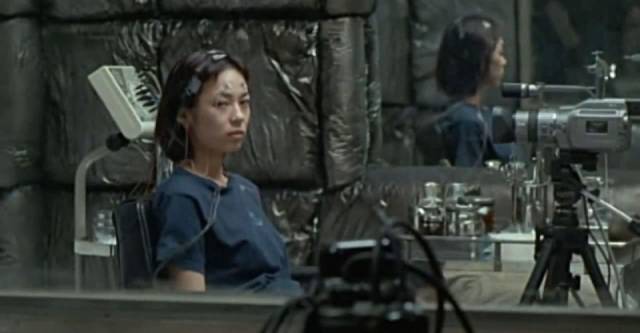
Masami’s doctor attempts to draw out the force trapped inside her, using electronic equipment in an updated form of Kirlian photography, getting her to project what’s in her head onto videotape. He doesn’t really understand what he’s up against and the experiment results in a recreation of the cursed tape – which Mai, who’s been observing, manages to destroy.
The third act has the doctor taking Masami and his equipment back to the island of Shizuko’s birth and, beneath the inn owned by her family, he plans to exorcise Masami with his equipment, drawing the spirit out and discharging it into an underground pool. It all gets messy and quite a few people end up dead before it appears that Sadako is finally gone.
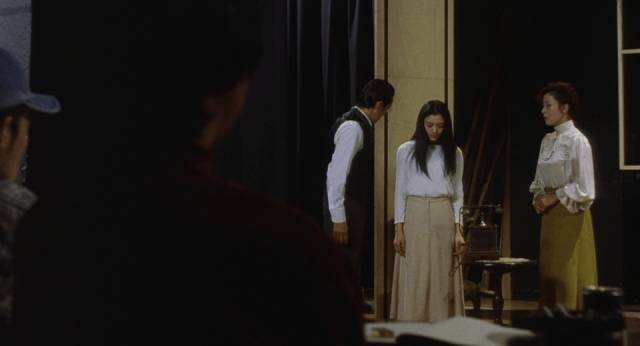
With the narrative now seemingly complete, but commercial needs pressing, Toho took the obvious step the next year – they produced a prequel, Ring 0: Birthday (2000), based on a story by Suzuki. Directed by Norio Tsuruta (director of Kakashi [2001], another of my early J-Horror acquisitions), this suffers from many of the problems with prequels, not least in feeling extraneous. We’ve already learned Sadako’s back story from the earlier films, so there’s no real sense of surprise or discovery. On top of which, the portion of her life we’re given here feels at odds with the traditional Japanese ideas of Ringu.
Some years after the disastrous public display of Shizuko’s powers, Sadako is a teenager going to a school where the other students find her creepy. She joins a theatre group and people start dying in telekinetic incidents; it’s a variation of Carrie, the shy outsider who (unknowingly at first) strikes out against her tormentors with powers she herself doesn’t understand.
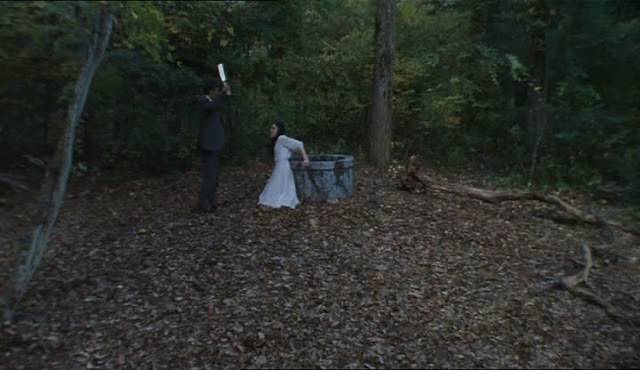
Eventually, we get to the climax which triggers the curse: it turns out that at some point Sadako had split into two – the shy and insecure schoolgirl, and something far more dangerous which Dr. Ikuma has kept locked away in an attic. The two get reunited, boosting Sadako’s powers, and she slaughters the members of the theatre group before Ikuma manages to toss her down that well … and we know where that leads.
As a group, the Ring movies don’t form a coherent and satisfying narrative. The first film can stand on its own, but the others all rely to some degree on their connection to it, with none of them managing to sustain the kind of eerie tension Nakata originally achieved.
Arrow has put together a substantial package, with excellent transfers of all four films, commentaries on Ring and Ring 0, featurettes about Nakata and J-Horror, the making of the films and their cultural impact. There’s an archival interview with author Suzuki, a behind-the-scenes piece about Ring 0, and some deleted scenes from the prequel.
*
More from Arrow to follow…
Comments
I hear you on the unwatched movies, I have been accumulating DVDs at a ferocious rate and I’m guessing that I have near 3000 movies to watch on DVD and more than 2000 downloads to check out. I think I’m going to my grave with some unwatched.
I long ago gave up the idea that I’ll watch all these disks before I die!
I can’t remember much of Ringu, other than that I liked it. I liked the American version, too, but hated all the American sequels. I did enjoy Ring 0.
I’m a movie addict in the sense that I love watching them but, for the most part, I feel no urge to own them. Renting on iTunes or watching on one streaming service or another is fine for me. I’ve been watching a lot of Tubi lately, for their big collection of 50s, 60s, 70s and 80s horror and SF.